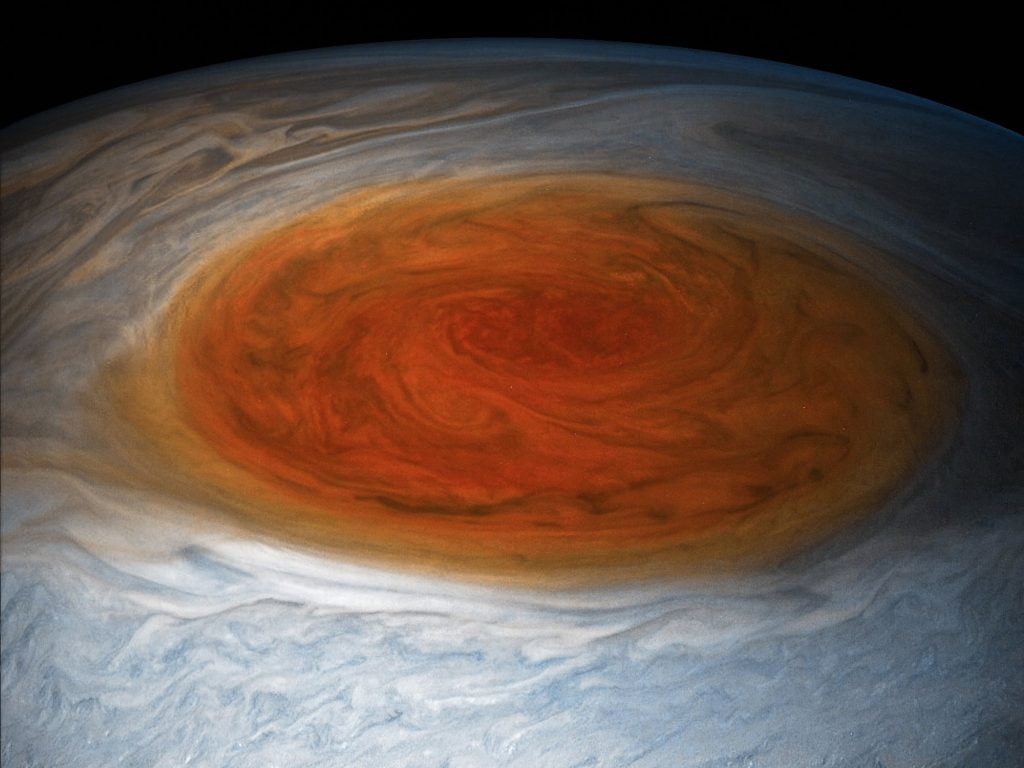Jupiter’s Great Red Spot, one of room’s most entrancing puzzles, has been contracting for a considerable length of time yet could at long last meet its end in the following decade or two.
NASA trusts it’s conceivable that the Great Red Spot storm has existed for over 350 years, and measures it at 10,159 miles in width which makes it 1.3 times more extensive than Earth. The space office reports that stargazers have been contemplating the whirling spot since 1830.
- Yet, the pioneer of the Juno mission and a planetary researcher at the space office revealed to Business Insider that the tempest could entirely wrap up its chance on our nearby planetary group’s biggest planet.
- “In truth, the GRS (Great Red Spot) has been contracting for quite a while,” Glenn Orton told the outlet. “The GRS will in 10 years or two turn into the GRC (Great Red Circle). Perhaps at some point after that the GRM (Great Red Memory).
- “Think about the GRS as a turning wheel that continues turning since it’s gotten between two transport lines that are moving in inverse ways. The GRS is steady and extensive, in light of the fact that it’s wedged between two fly streams that are moving in inverse ways.”
- NASA has been examining Jupiter and the entrancing monster storm more extensive than our planet nearer than at any other time on account of its Juno Spacecraft. Back in July 2017, the rocket offered “humankind’s initially very close” perspective of the tempest when it flew over the Great Red Spot.
- The U.S. space organization’s Juno shuttle was propelled to open Jupiter’s insider facts to enhance the comprehension of the close planetary system’s causes, as well as the mammoth planet’s also. NASA reports that, particularly, Juno’s main goal will attempt to decide how much water is in the planet’s environment and to gauge its arrangement, temperature, cloud examples, and guide its attractive and gravity fields
NASA scientist says Jupiter’s Great Red Spot could soon become ‘Great Red Memory’
“Juno found that the Great Red Spot’s underlying foundations go 50 to 100 times further than Earth’s seas and are hotter at the base than they are at the best,” Andy Ingersoll, Juno co-examiner, said in a December 2017 news discharge.
“Winds are related with contrasts in temperature, and the glow of the spot’s base clarifies the brutal breezes we see at the highest point of the atmosphere.”Juno propelled on Aug. 5, 2011 and touched base at Jupiter in July of 2016. The U.S. space organization reports in a Feb. 8 news discharge that the rocket finished its tenth science circle of the planet. NASA beforehand announced that Juno would circle the planet for 20 months, and de-circle into Jupiter in February 2018.
Sources: mlive.com/






